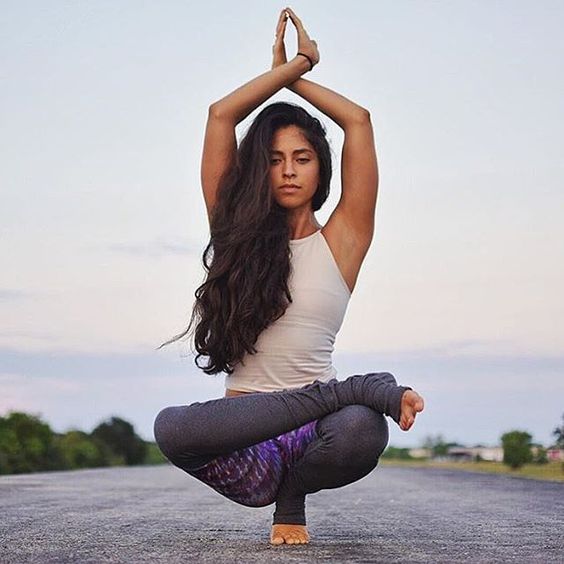As an Indian-American, I would have hoped my experience with yoga was rooted in traditional and spiritual practice. In reality, most of my knowledge comes from slender blondes wearing Lululemon at picture-perfect studios. A part of me feels guilty for not paying attention to yoga before it became heavily commercialized and westernized.
But, I’m not angry about this situation—I still like my yoga classes, and this realization that maybe I should have paid more attention to the traditional aspects of this exercise earlier, is one that’s better late than never.
While I was growing up, my mother would stress the importance of breathing exercises, meditation, and yoga. I would casually brush it off as another thing she was adding to her laundry list of nags.
A few years later, I attended my first class, during summer break from college, with my mother at our local community center. At this point, I was most concerned with the physical benefits of the practice, so I kept on going back to get stronger, leaner, and more flexible. It took me some time to understand that the asanas, or poses, are just a small fraction of the entire yoga practice.
Yoga, paired with meditation, has recently been a life-saver when it comes to dealing with anxiety and stress. Why didn’t I realize that it helps achieve peace of the mind from the beginning? Or is that aspect of this practice not stressed enough in “westernized” classes? Even when some teachers focus on the spirituality, it feels forced.
I feel slightly uncomfortable when the teacher instructs the class to sing a melodic “Om” — it’s a very different “Om” than what I hear from pundits at the temple — or the times when an instructor would seal the practice with a heavily-accented “Nah–ma–stay.”
I’m not trying to be too critical of the yoga taught here. I am, after all, a student of “westernized” yoga. Sometimes, though, I wish teachers would spend more time on the history of the practice, or let us rest in a meditative pose for a bit longer to get all the other benefits of it. And it would be nice if they’d explain that “Namaste” not only means “I bow to you,” it’s also a word that heavily represents Indian culture in a more significant way.
I think I still find it hard to articulate how I feel. Maybe there are other South Asians who know what I’m talking about. I’m happy that some form of yoga is accessible to so many more people around the world, but I feel much of the essence of yoga has been lost. It’s much more than a workout, and that fact should never be forgotten.





